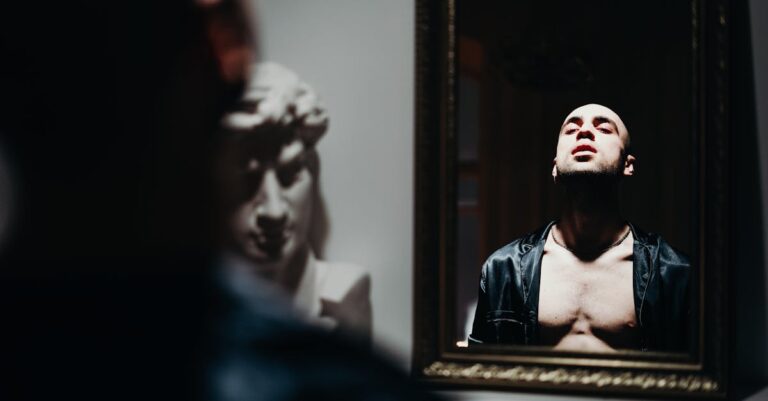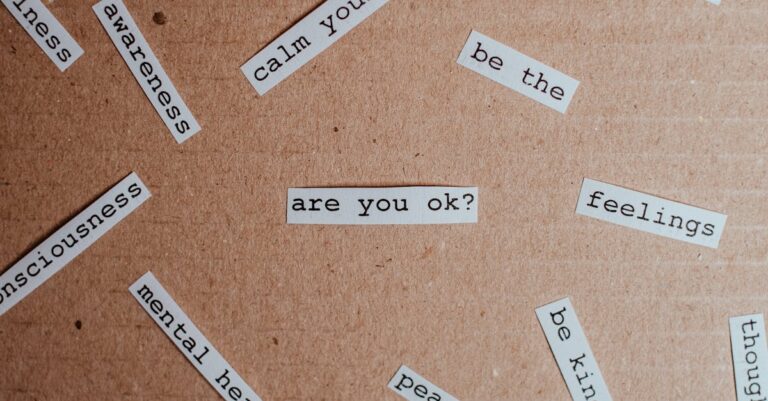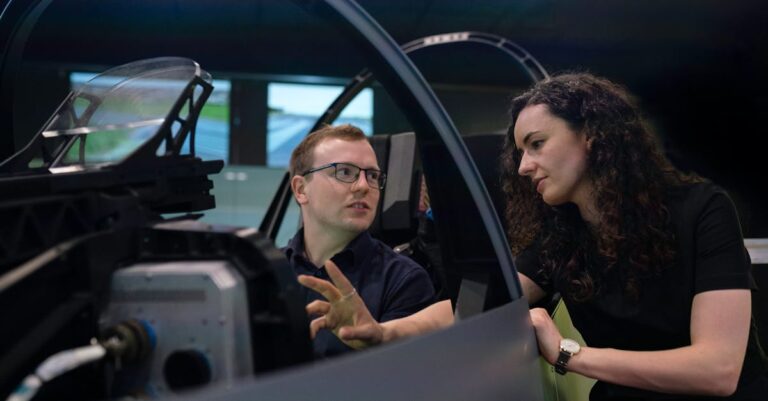
Dr. Elara Voss had not spoken to another human in three years. Her lab, a converted warehouse on the outskirts of Boulder, reeked of stale coffee and ozone from the particle accelerator humming in the corner. She worked in silence, her fingers tracing the edges of a weathered notebook she’d found beneath the floorboards—its pages filled with equations that weren’t hers. The ink bled through the paper, smudged by something wet. Her own tears, she told herself.
The first note was tucked inside a hollowed-out copy of *Quantum Mechanics and Consciousness*. “They’re watching,” it read. “The field isn’t stable. Remember the light.” Elara’s breath hitched. She’d never written that. The script was precise, clinical, but the handwriting… it mirrored her own. A chill crawled up her spine as she flipped to the next page. “Don’t trust the mirrors.”
She ripped the notebook open at night, its weight a constant pressure in her backpack. The notes grew more erratic, scrawled in jagged strokes: “The collapse is coming. They used me as a vessel. The self isn’t real.” Her pulse throbbed in her ears. Who was *they*? And what did it mean, the self isn’t real? She’d spent her life proving that consciousness shaped reality, not the other way around.
The accelerator’s hum deepened. Elara adjusted the magnetic coils, her hands steady despite the tremor in her chest. The machine’s core glowed a sickly green, a vortex of energy that defied Newtonian physics. She’d designed it to map neural patterns onto quantum states, a theory that had cost her tenure and friendships. But the notes… they hinted at something darker. A side project, hidden in the archives. A name she’d never seen: Project Aether.
She found the files in a vault beneath the lab, sealed with a biometric lock she bypassed using her own retinal scan. The footage was grainy, decades old. A woman—herself, younger, eyes hollow—stood in a sterile room as technicians fed her neural data into a machine. “Subject 17’s cognition is unstable,” a voice muttered. “The field’s collapsing. We need more variables.” The woman screamed, not from pain, but recognition. Elara staggered back. The memory wasn’t hers. It was a recording.
The notes became urgent. “They’re not *outside*. They’re inside. The self is a loop.” Elara’s reflection in the lab window flickered, distorted. She blinked, and it was gone. Her breath came in short bursts as she pored over the files, uncovering fragments of a failed experiment: Aether’s goal had been to merge human consciousness with quantum fields, creating a “stable observer.” But something had gone wrong. The subject—her—had fragmented, her mind splintering into parallel realities. The project was shut down. Or so they thought.
The walls of the lab seemed to pulse. Elara’s fingers brushed the notebook, and a new note surfaced: “The choices are not yours. The field is a mirror. Break it, and everything unravels.” She laughed, a hollow sound. “This is madness,” she whispered. But the equations in the notebook made sense, too much sense. They aligned with her own research, as if she’d written them in a fever. Her reflection wavered again, this time showing a version of herself with eyes like fractured glass.
She confronted the machine, hands trembling as she input the final sequence. The accelerator roared to life, its green light intensifying. The notes fluttered to the floor, their words dissolving into static. Elara’s vision blurred, the lab folding into a kaleidoscope of light and shadow. She saw herself—countless versions—each choice a thread in an unraveling tapestry. The field wasn’t a tool. It was a prison.
“I am not the observer,” she said, her voice echoing in the void. “I am the variable.” The machine’s core exploded in a cascade of light, and Elara stepped into the glare, her mind a storm of possibilities. The world shifted. Reality bent. And for the first time, she was free.


